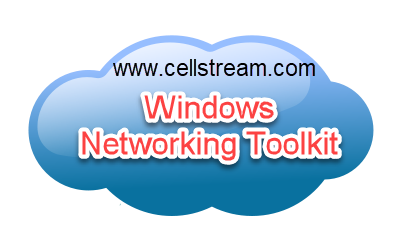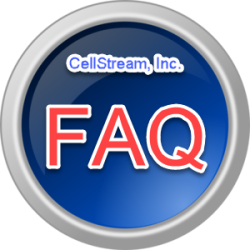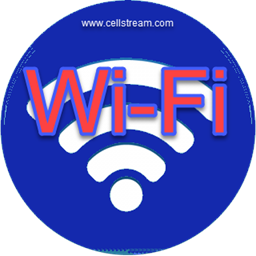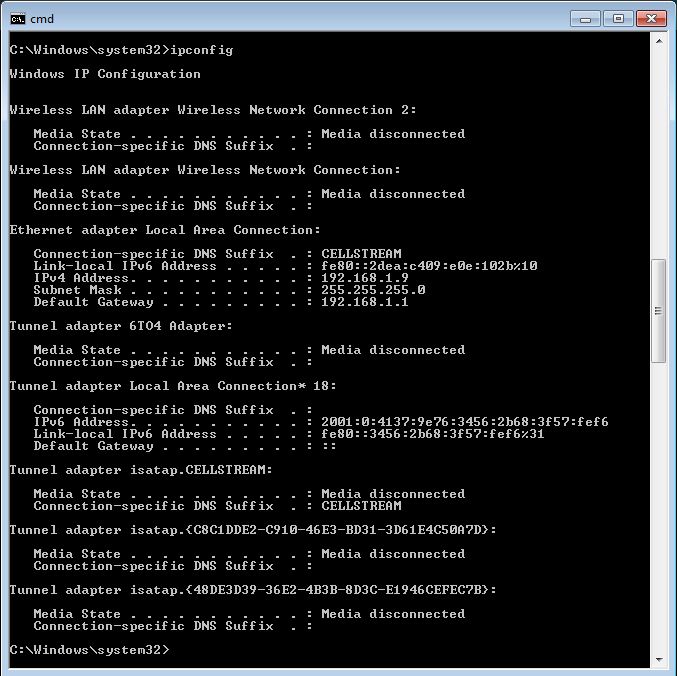Configuring Windows Firewall Rules using netsh
Windows Firewall allows you to control the traffic entering and leaving your system through various rules. You can create and configure firewall rules to permit or block specific network activities. Below are some examples of Windows Firewall rules, including inbound and outbound rules: Example 1: Allow Inbound Traffic on a Specific Port (e.g., HTTP – […]
Configuring Windows Firewall Rules using netsh Read More »




